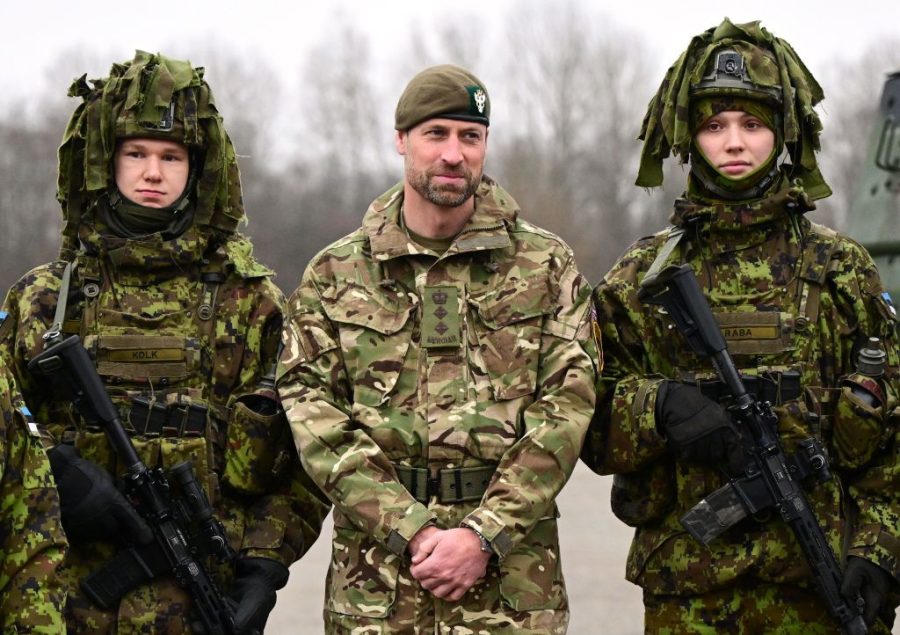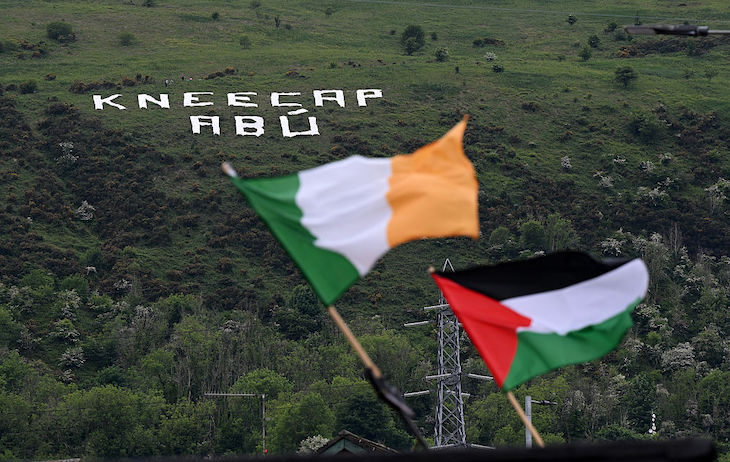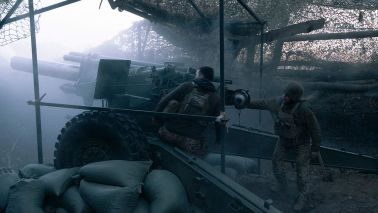It is a requirement of the Royal Family that they should remain politically neutral. They are, after all, the only family in the United Kingdom who are constitutionally not allowed to vote. However, this does not stop its various members from having opinions and expressing them, sometimes in embarrassing and distinctly un-regal fashions. Whether it’s the Queen Mother’s lady-in-waiting Helen Hardinge writing in her diary that her employer was a ‘diehard Tory’, the late Queen’s open and clear affection for the Labour PM Harold Wilson or, more recently, Prince Harry’s equally open and clear contempt for Donald Trump, the old royal adage of ‘never complain, never explain’ has been tested to its limits when it comes to politics, both domestic and international.
The timing of his visit can only be seen as a tacit indication of support for Ukraine
This has been shown to be particularly true when it comes to Prince William’s recent visit to Estonia, ostensibly to see the British troops who are stationed out there at Tapa Camp. On paper, it seems unexceptional that the Prince of Wales would wish to make a trip to this particular Eastern European country. When he becomes king, after all, he will have a packed itinerary that will involve journeys to practically every nation on earth. Yet Estonia was not picked at random. Instead, its geographic location, bordering Russia, means that William’s trip here can only be seen as a very public declaration of solidarity with Ukraine and, by extension, its leader Volodymyr Zelensky, who was hosted with great warmth by William’s father, the King, at Sandringham a few weeks ago.
It is believed that Charles’s decision to meet Zelensky at his own private residence, rather than the more customary locations of Buckingham Palace or Windsor Castle, came at his own initiative because he wished to show solidarity in times of trouble. Although it is not known who was behind William’s visit to Estonia, his brief but diplomatically sensitive trip would have been one approved at the highest levels; nothing, after all, is said or done by the royals by accident.
The only comment made by a Palace source was ‘The Prince is extremely keen to support his father when needed and support the British government’. Yet the timing of his visit, coming at a moment where there may or may not be a ceasefire agreed in the fighting between Russia and Ukraine, can only be seen as a tacit indication of support for Ukraine. This is a gesture that may yet put William, and by extension, his father, at odds with Donald Trump, who has placed himself in a self-ordained position as an honest broker between America, Russia and Ukraine.
The Prince’s trip, at a time when there is increased sensitivity about the potential deployment of the British troops he saw to Ukraine itself, is therefore one that requires him to be a statesman-in-waiting. By all accounts, he conducted himself admirably. He went for a well-received walkabout, during which he informed a group of Ukrainian students that ‘the Ukrainian resilience is everywhere. You have a very good spirit, very good souls, it’s very important’ and made faces at a bewildered-looking white Scottish terrier.
Yet there was also something subtler, and more political, going on. Just as his grandmother once appeared to show her tacit support for the EU by wearing a brooch in the design of the European flag for her Christmas message in 2019, so William’s decision to wear a Lululemon jacket – a Canadian manufacturer – was interpreted as a show of support for that country in the face of belligerence and threatened tariffs by Donald Trump.
As ever with the royals, if something looks as if it is being done to make a point, it usually is. William’s diplomatically sensitive and carefully timed trip to Estonia might yet prove to be far more significant than the heir to the throne simply going on a brief morale-boosting jaunt.







Comments